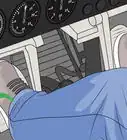X
wikiHow is a “wiki,” similar to Wikipedia, which means that many of our articles are co-written by multiple authors. To create this article, 16 people, some anonymous, worked to edit and improve it over time.
This article has been viewed 96,381 times.
Learn more...
Many individuals fret over how to land the Boeing 747 in FSX. Many articles only tell you how to get on the runway. The truth is that the easiest way to land the 747 is to be prepared before you even take off. Good luck!
Steps
-
1Create an IFR flight plan. You can do this before starting the simulation or while in the air. This is just in case you enter IMC and the airport at which you wish to land is under IFR only.
-
2After establishing an IFR flight plan, proceed via GPS or VOR routing to you destination. Once ATC informs you of your approach clearance, begin landing procedures.Advertisement
-
3Decrease speed to about 200 KIAS using the autothrottle. This will allow for some time to go through the landing checklist.
-
4Dial the ILS frequency into Nav 1 and set the omnibearing selector to the runway heading if you are under IFR to an airport with ILS, if you haven't done so already. Otherwise, Determine the best approach using you GPS to line you up with the runway if possible or determine the best approach yourself under VFR and skip through irrelevant steps.
-
5Once you have determined you approach, decrease your speed to 160 KIAS and apply flaps to full according to the maximum flap placard speeds. once flaps are at 10, lower the landing gear(V speeds can be found in the reference section of the kneeboard)
-
6Once the readings on all of the instruments have stabilized, set the auto-brake to 3 and arm the speedbrake(shift+F10).
-
7You have now completed all of the steps necessary in the approach for now. You should contact the tower now if you haven't already to inform them that you are inbound on the approach if possible.
-
8Once you have informed the tower, check your instruments to see when the plane picks up the ILS.(you may need to turn off the GPS to check). at this point, switch from GPS to NAV and select the NAV hold button if not already on.
-
9The next step is to wait until the vertical guidance indicator begins to move. once this happens, switch from NAV hold to APR hold.
-
10When beginning the descent, check to make sure that autobrake is set to 3, flaps are at 30, and the speed-brake is armed.
-
11When you are about 500 feet (152.4 m) above the runway, turn off the autothrottle.
-
12When you are beginning to level out, prepare to turn off the autopilot once the nose seems to abruptly drop.
-
13after confirming you are on the ground, set the throttle to full reverse. When decelerating through 70 KIAS terminate the reverse thrust, set throttle levers to idle. (Reverse thrust below 60KIAS will damage the engines)
-
14after reaching 15 KIAS, turn off the autobrake, and taxi off of the runway.
-
15You have now safely landed.
Advertisement
Community Q&A
-
QuestionHow big is a Boeing 767?
 Community Answer250 ft long with a wingspan of 224 ft. In comparison, an American football field is 360 ft long and 160 ft wide.
Community Answer250 ft long with a wingspan of 224 ft. In comparison, an American football field is 360 ft long and 160 ft wide. -
QuestionHow big are all the Cessna planes?
 Community AnswerMost Cessna aircraft are small, usually no bigger than 6 seats to an aircraft. While Cessna has made other aircraft, their biggest are their jets, ranging around 8-10 seats.
Community AnswerMost Cessna aircraft are small, usually no bigger than 6 seats to an aircraft. While Cessna has made other aircraft, their biggest are their jets, ranging around 8-10 seats. -
QuestionWhat speed, altitude, and distance should be maintained when a commercial aircraft is landing?
 Community AnswerA good speed when landing a 747 (without stalling) is around 155-160 KIAS (knots indicated airspeed), assuming flaps full. Also, thinking of a good glideslope, at around 5nm out, you should be (from personal experience) around 500 feet.
Community AnswerA good speed when landing a 747 (without stalling) is around 155-160 KIAS (knots indicated airspeed), assuming flaps full. Also, thinking of a good glideslope, at around 5nm out, you should be (from personal experience) around 500 feet.
Advertisement
About This Article
Advertisement
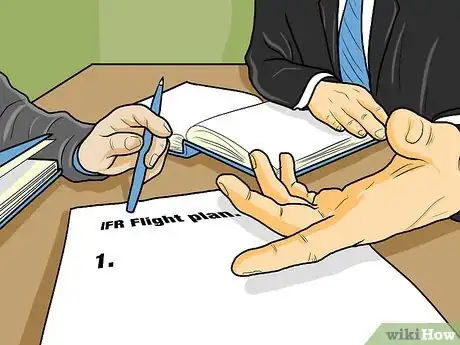
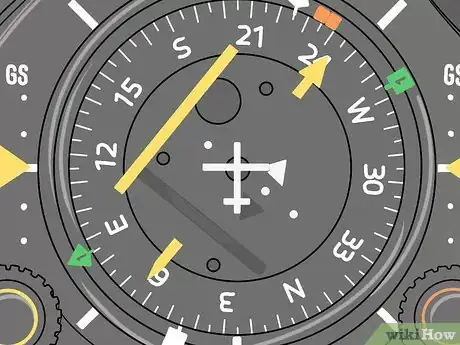
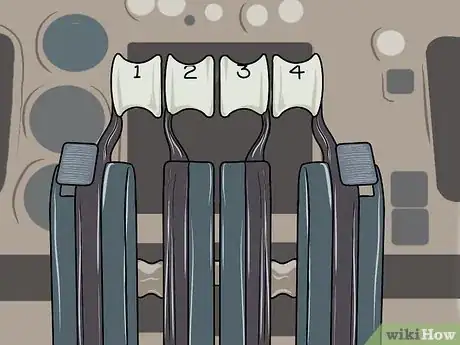
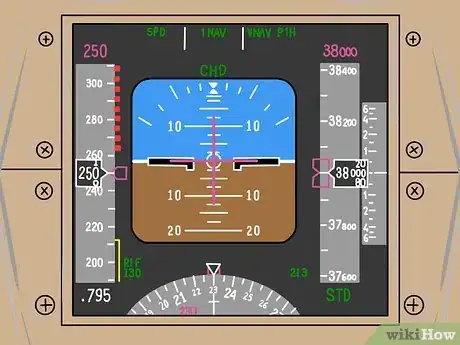
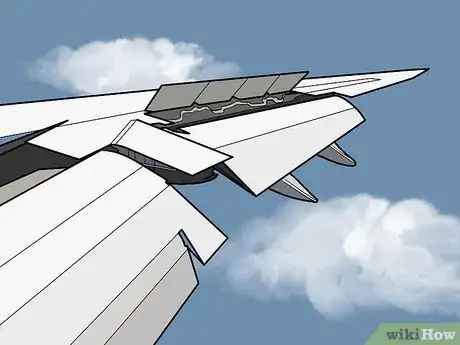
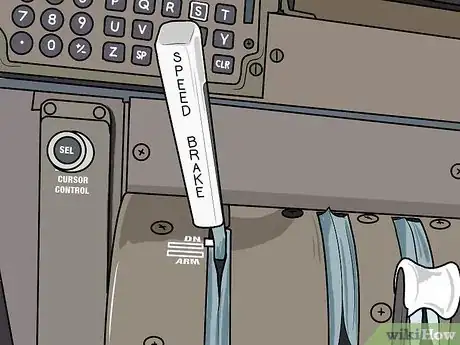
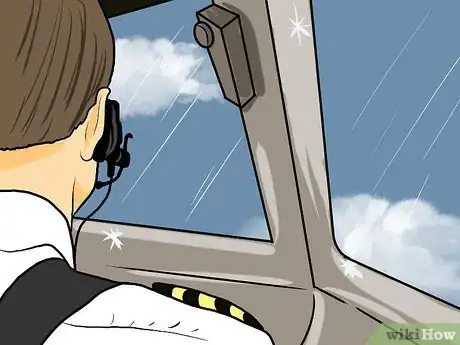
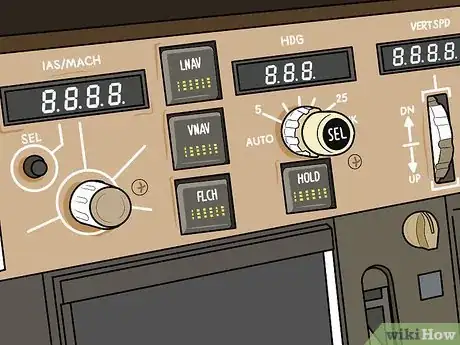
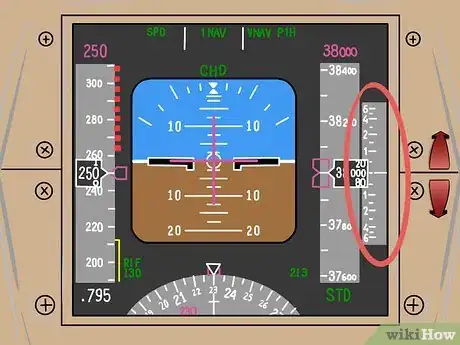


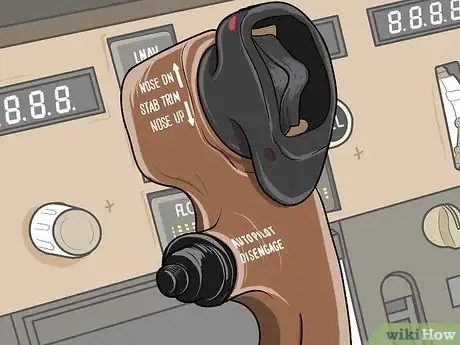
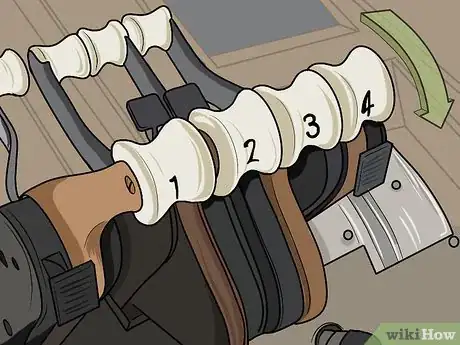
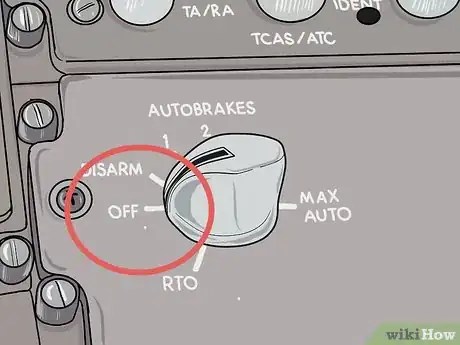
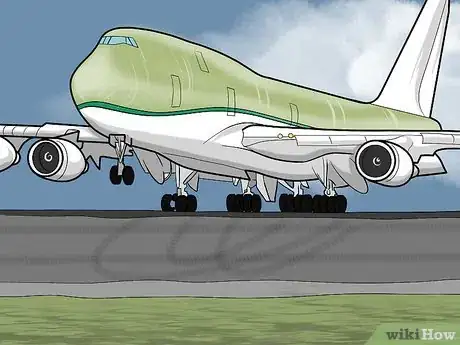



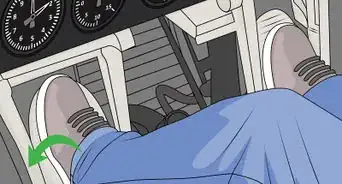

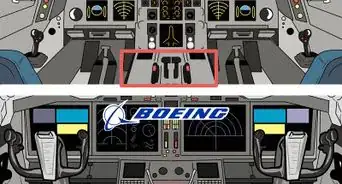
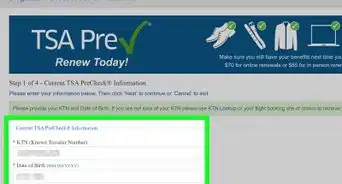
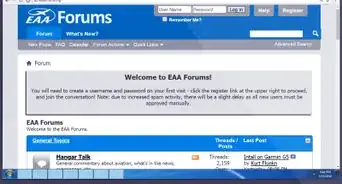
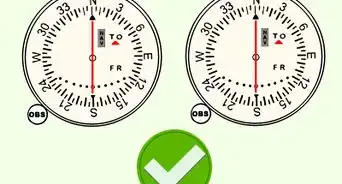
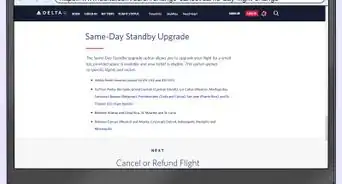

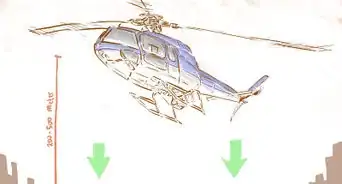
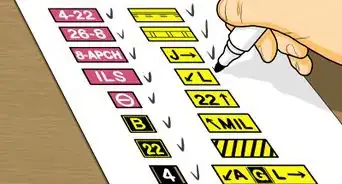
-Step-15.webp)









